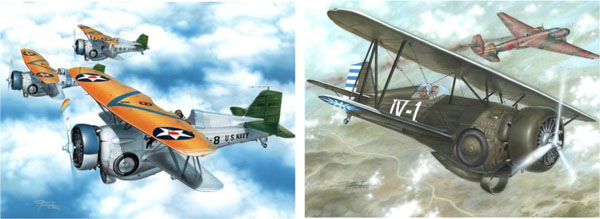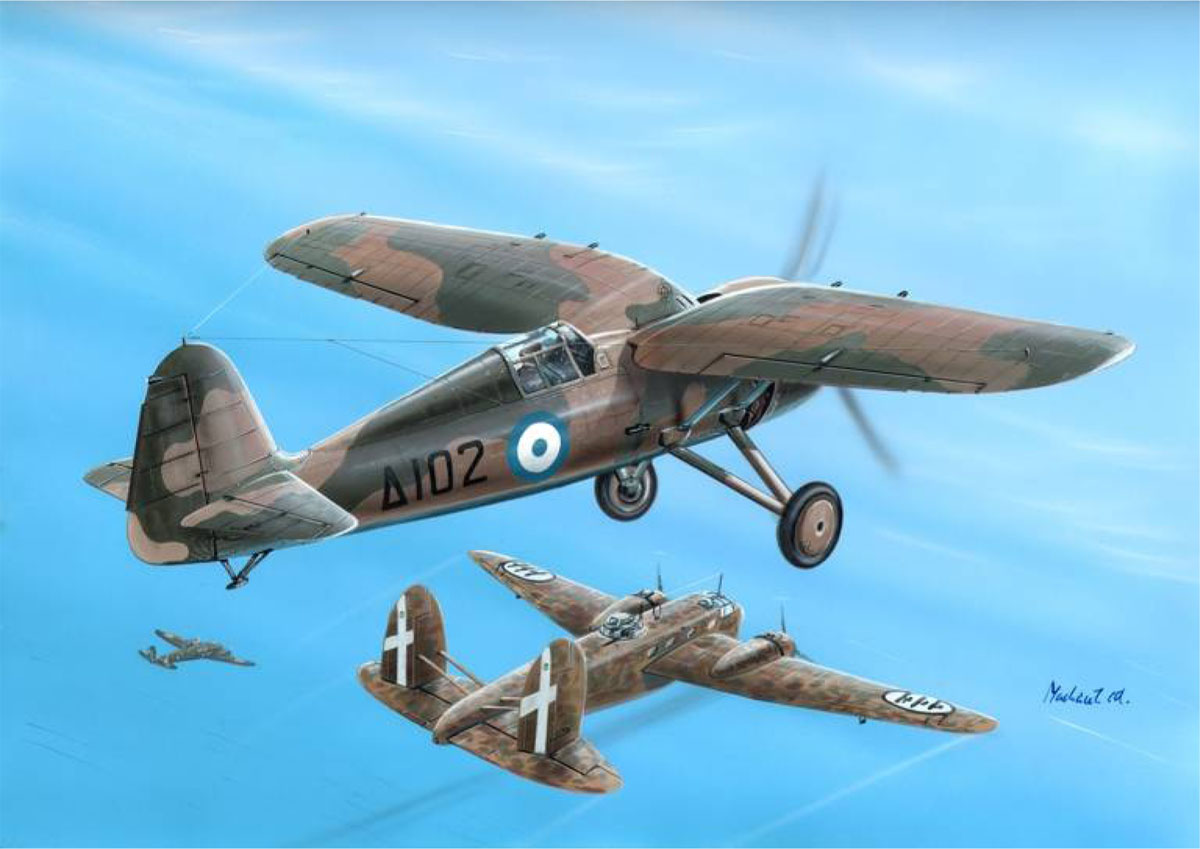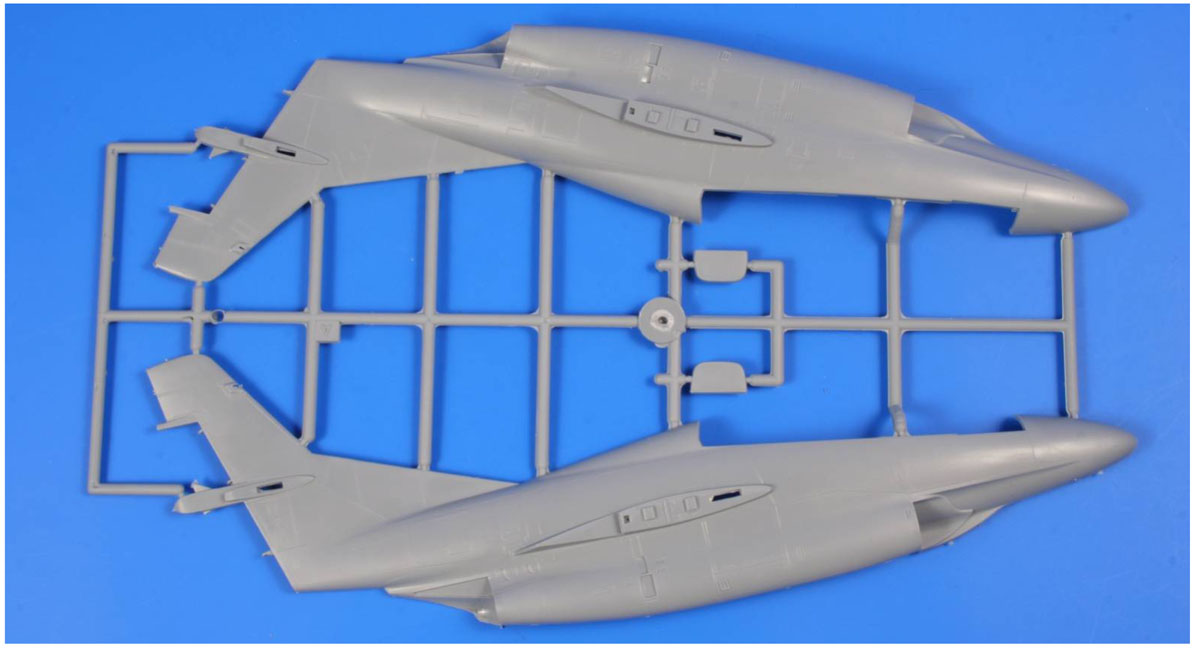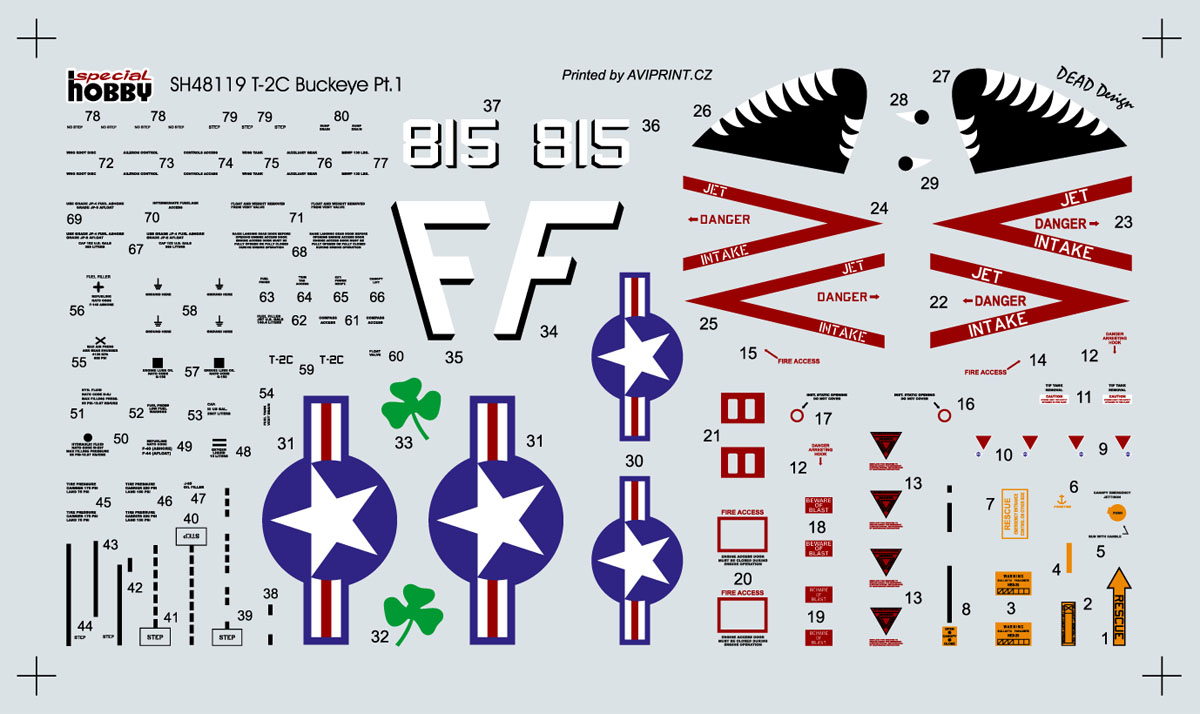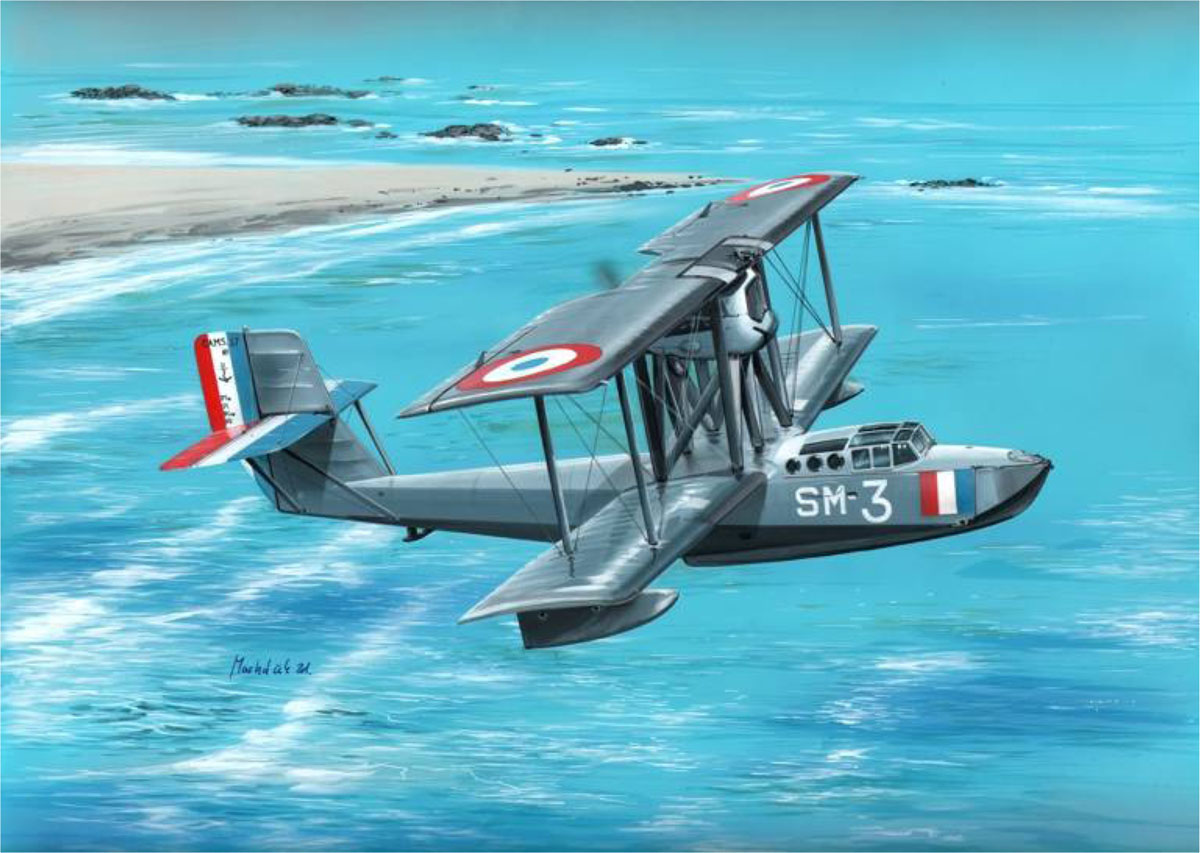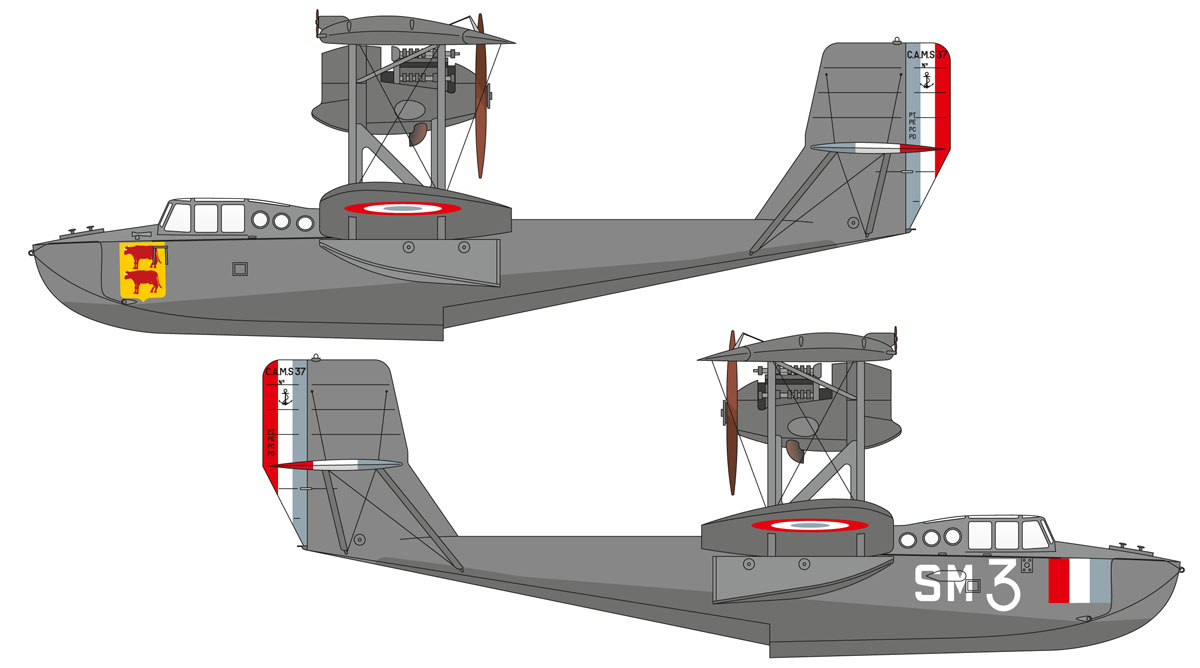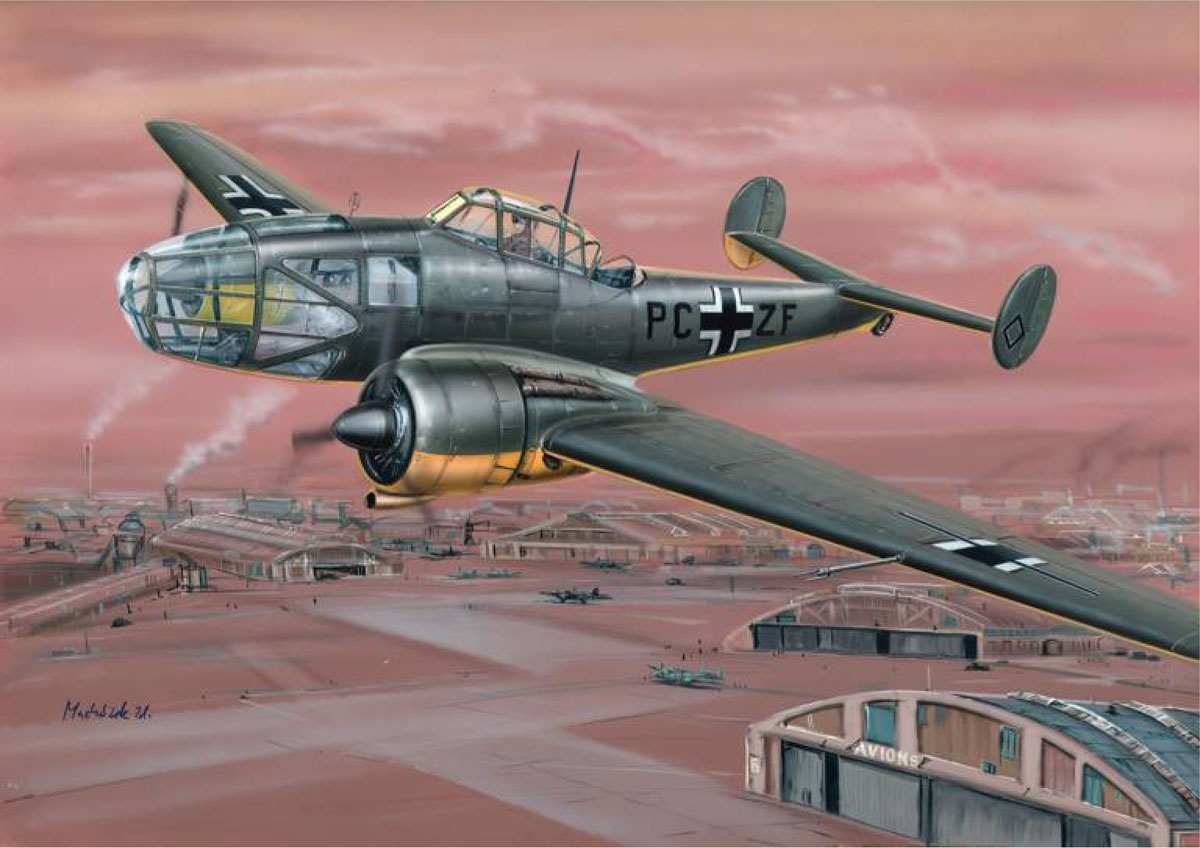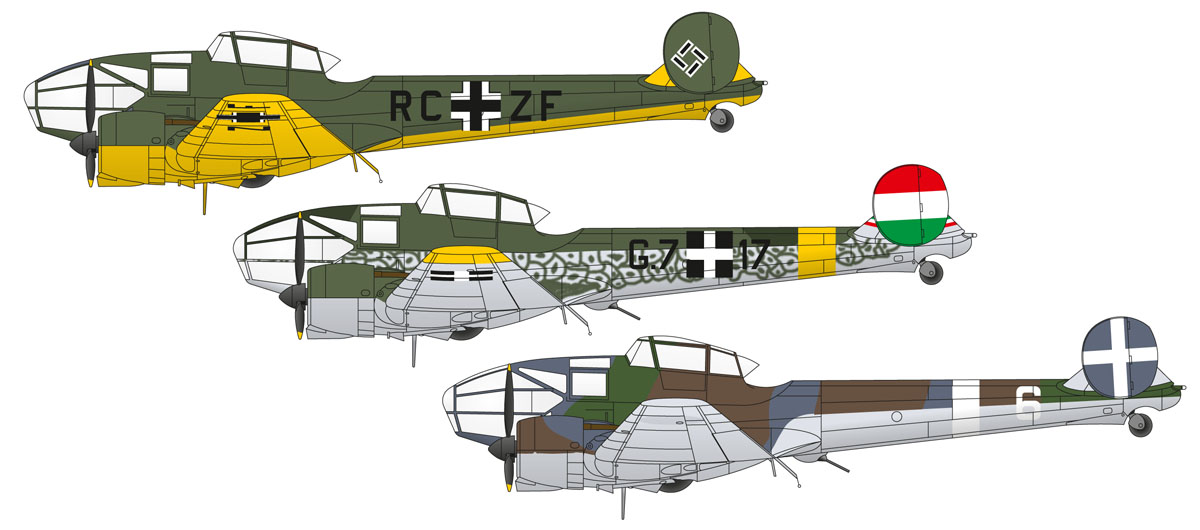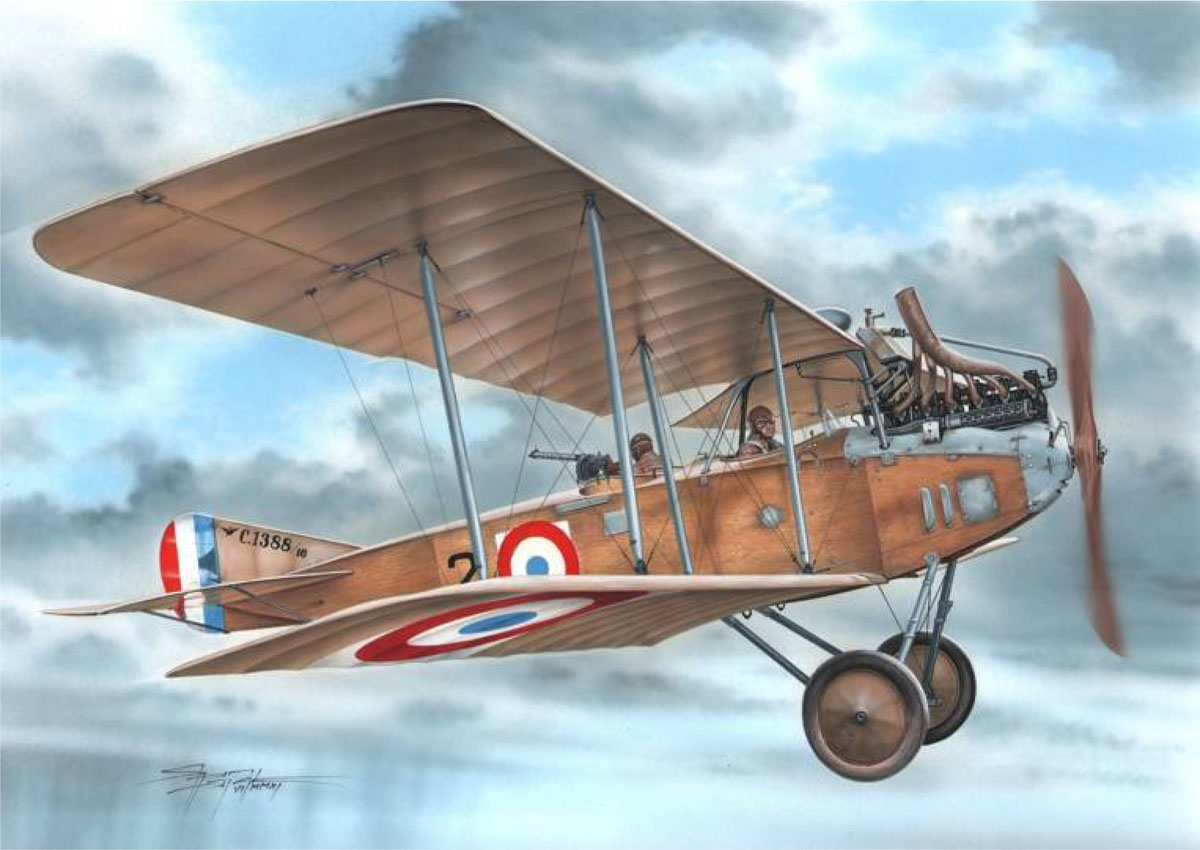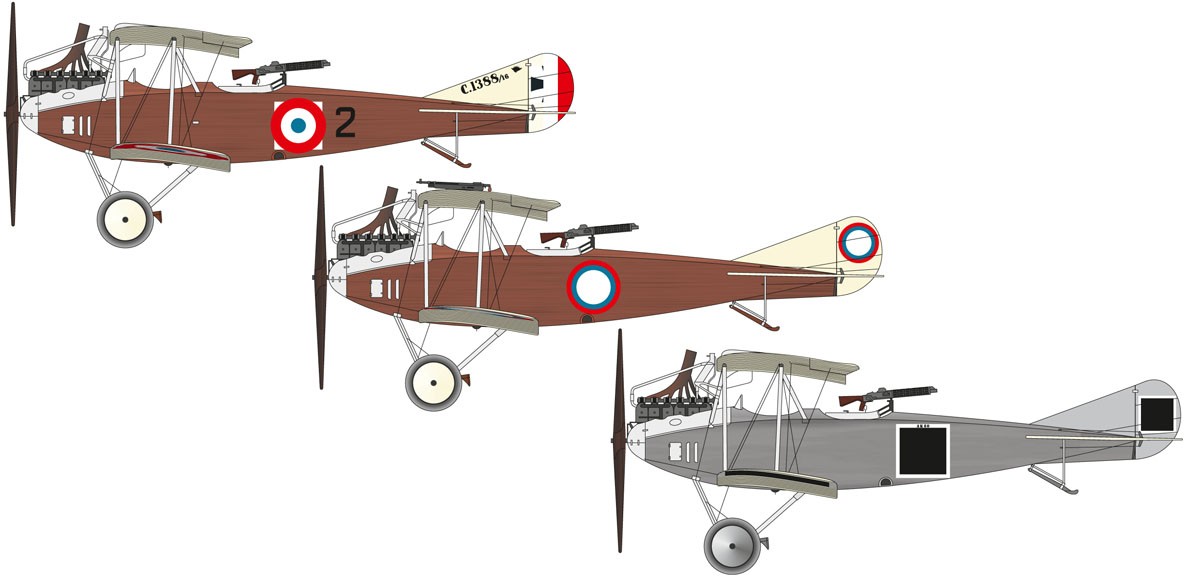A076 PZL.24F/G "Greek Defender" 1/72
The PZL.24 was a great export success from the Polish national company PZL. Prior to the Second World War, PZL succeeded in exporting these all metal high wing monoplane (sometimes called Pulawksi or gull wing) aircraft to several air forces. Both Romania and Turkey also license-produced the PZL.24. Compared to the Polish Air Force standard PZL.11 machines, the more modern PZL.24 featured higher performance and heavier armament. To its own loss, the Polish Air Force never acquired these fighters. Turkey, Bulgaria, Romania, and Greece found the PZL.24 more than useful, though.The F and G versions were produced by the PZL company for Greece. These two versions differed in the armament used: the F version carried two cannons and two machine guns, while the G version had four machine guns. Together with the French-made Bloch MB.151, the PZL.24s were the best the Greek Royal Air Force (RHAF) could used to defend against its attackers. On October 28, 1940, Greece was attacked by Italy and the RHAF pilots fought as bravely as their ground forces. Greek PZL.24s are credited with several dozens of victories against Italian aircraft. Eventually the Italian offensive was stopped and their armed forces withdrew back to Albania. In May 1941, though, Germany joined Italy and with that added superiority the already weakened RHAF was decimated. In spite of the latter, though, Greek pilots managed to shoot down several German aircraft.
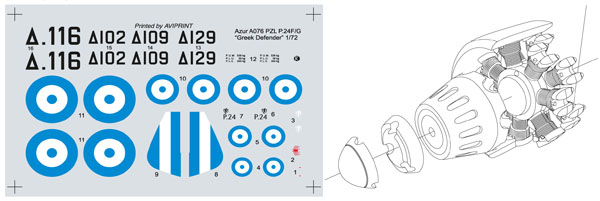
The kit contains two sprues with grey plastic parts, injection canopy, detailed resin and photo-etched parts. Decals included.
SH48119 T-2 Buckeye "Red & White Trainer" 1/48
The legendary T-2 Buckeye was a tireless workhorse that helped several generations of US Navy and Marine pilots to earn their wings. With a modern digital cockpit it might have even continued to serve today. Still, many T-2s fly today as private jets in the USA, as well as in Greece and Venezuela.

A093 CAMS 37Lia 1/72
The CAMS 37 was produced for the French Navy in several versions and it was one of the most widely used single engine seaplanes. Thirty-six CAMS 37Lia machines were produced. Even though the production had started in 1926 the aircraft was still in use during the Second World War. This is very honorable for the machine, which first flew in 1926. The kit contains three sprues with injected plastic parts, injected canopy and resin parts. Decals included contain markings for two French machines; one sports Normandy heraldry painting and the other one features a big number and French flag on the nose.A096 Potez 63-11 "Axis Service" 1/72
The very successful French series of Potez 63 aircraft were, at the beginning of WW2, one of the best twin-engined fighter aircraft in the whole world. Upon request by the French AF a new special reconnaissance version with new fuselage was developed, re-designated Potez 63-11. When part of France was seized, the Luftwaffe deployed captured Potez 63-11 to its own training units. Additional machines were acquired when the rest of the France was occupied in 1942. These machines were split between German allies including Italy, Romania and Hungary. The limited series kit contains two sprues with grey plastic parts, vacuformed canopy, resin and photo-etched parts. Decals included offer three Axis aircraft, one of each German, Italian, and Hungarian. Particularly attractive is the Hungarian machine that sports a fancy camouflage.SH48113 Albatros C.III "Captured and Foreign Service" 1/48
One of the most familiar and best aircraft of the 'C' category of German Imperial Air Forces from World War I was the Albatros C.III. The Albatros C.III served from 1916 as a reconnaissance, observation, gun platform, and bomber. As more powerful machines appeared later, production continued with new machines being used for training. The Albatros thus flew through to the end of the war and beyond. They served in the air forces of Poland, Latvia, and Lithuania. During the war Germany supplied them to Turkey and Albatros C.IIIs were also captured by the enemy. These interesting machines are subject of our kit. Decals included offer markings for Turkish, French and Russian machines. The German machine 1388/16 was forced to land on the French side by three French fighter pilots in 1916. This machine received French national insignias and was thoroughly tested. The machine that was seized by Russian Czar's Army was also deployed to a combat unit, of course with new national insignias. The Turkish AK60 machine with a German crew flew in Palestine.The kit contains three frames of plastic parts, resin castings of the tank, two types of exhaust pipes and photo-etched parts.
Future Releases in 1/72
Azur A052 Koolhoven FK-58C.1 "G&R Engine" & Azur A095 Koolhoven FK-58C.1 "H&S Engine"
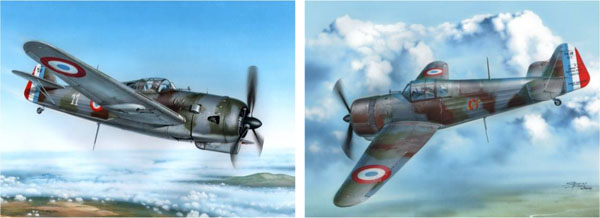
Special Hobby SH72222 BF2C-1 "US NAVY Fighter-Bomber" &Special Hobby SH72223 Model 68 Hawk III "First Chinese Ace"
